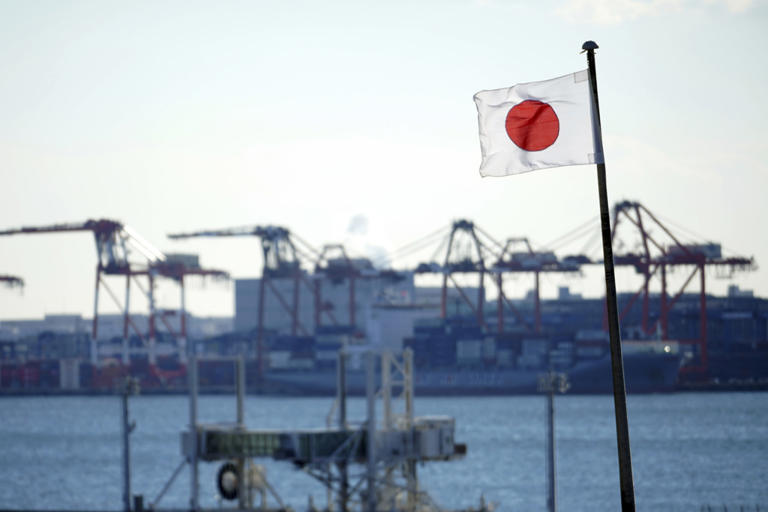In April, Japan’s trade dynamics exhibited a notable pattern, with the country grappling with a trade deficit that expanded by nearly 8% compared to the same period the previous year. This development was primarily driven by a surge in imports, which outpaced the gains from increased exports. According to data released by the Ministry of Finance, Japan’s total exports for the month amounted to 8.98 trillion yen ($57 billion), marking an 8% increase year-on-year. Similarly, imports surged to 9.4 trillion yen ($60 billion), also reflecting an 8% uptick from the previous year. Consequently, Japan’s trade deficit for April reached 462.5 billion yen ($3 billion).
A closer examination of export destinations revealed significant growth in shipments to various regions. Exports to the rest of Asia, the United States, and the Middle East experienced substantial increases, contributing to the overall uptrend. However, exports to Europe remained relatively flat during this period. Notably, imports from the United States saw a remarkable surge, expanding by nearly 30% compared to the previous year. Similarly, imports from the Middle East, particularly oil and gas products, recorded a notable increase of 15%.
The automotive sector emerged as a key driver of export growth, with vehicle exports soaring by 24% compared to the same period last year. Additionally, exports of electrical machinery experienced a significant uptick, rising by 16% year-on-year. Conversely, imports surged, fueled by heightened demand for mechanical parts, particularly auto components and computer chips. This surge in imports reflects the ongoing recovery of Japan’s auto production sector, which had been previously disrupted by the global pandemic.
The persistent strength of the U.S. dollar against the yen played a crucial role in driving import growth. With the dollar trading around 156 yen, compared to 139 yen a year ago, the increased value of the dollar made Japan’s imports more expensive. However, it also resulted in higher overseas earnings when converted into yen for major corporations like Toyota Motor Corp.
Imports of oil and natural gas saw a significant uptick of over 23% in April compared to the previous year. Additionally, imports of food and manufacturing inputs also registered notable growth during this period.
One of the contributing factors to the yen’s depreciation is Japan’s low-interest-rate environment, with the benchmark rate hovering close to zero. This policy, adopted by the Bank of Japan to stimulate economic activity and encourage lending, stands in contrast to the United States, where interest rates have been raised in an attempt to mitigate inflation. The higher returns on dollar investments have consequently led to an appreciation of the greenback against other currencies, including the yen.
